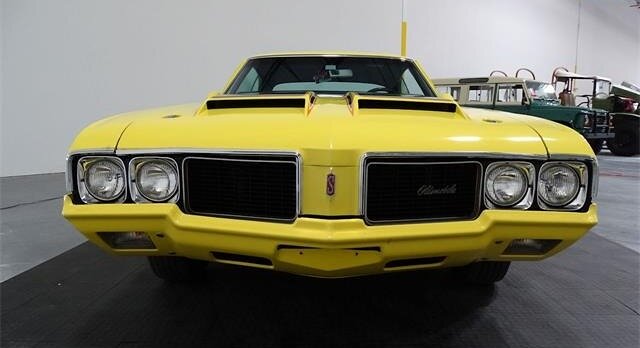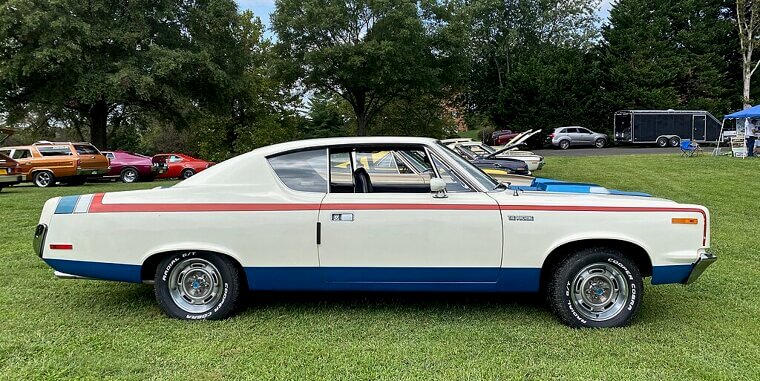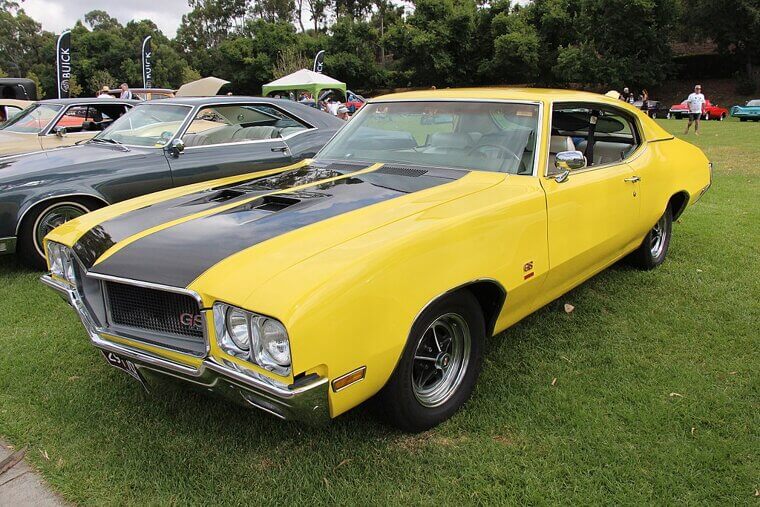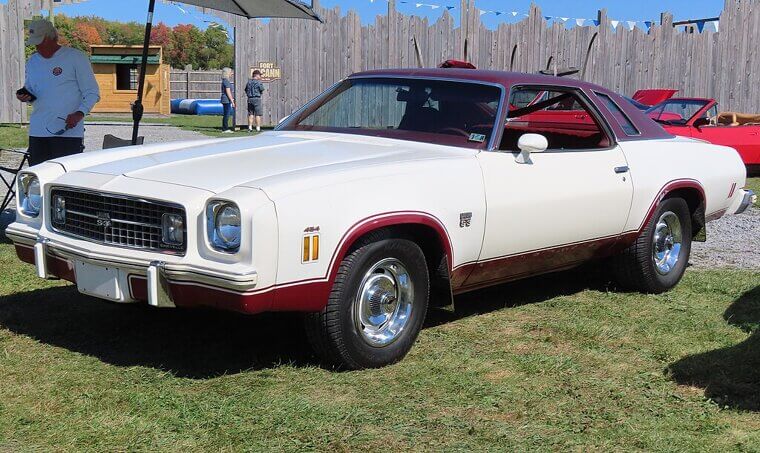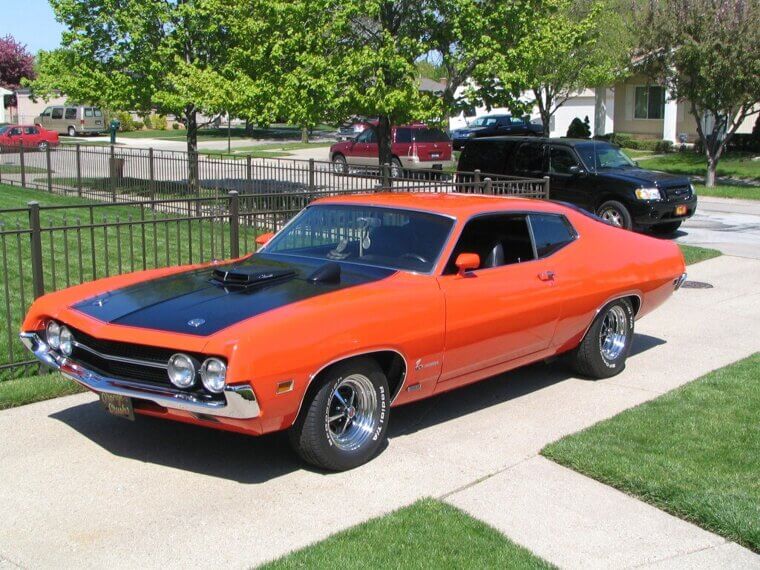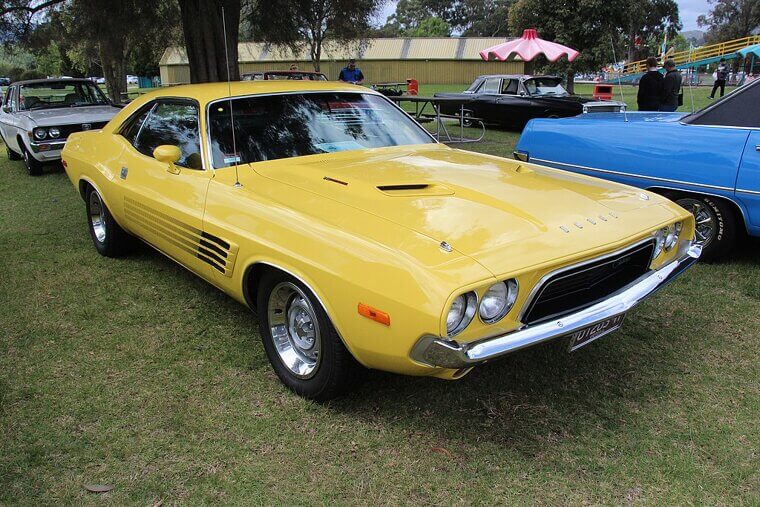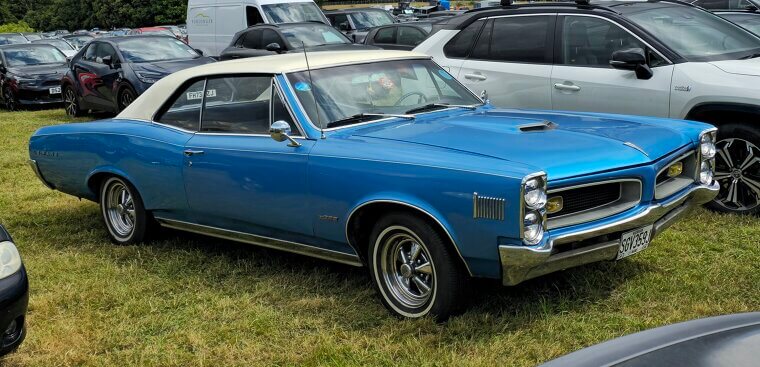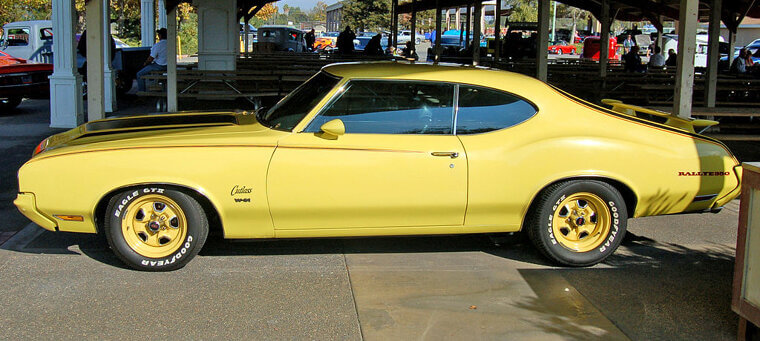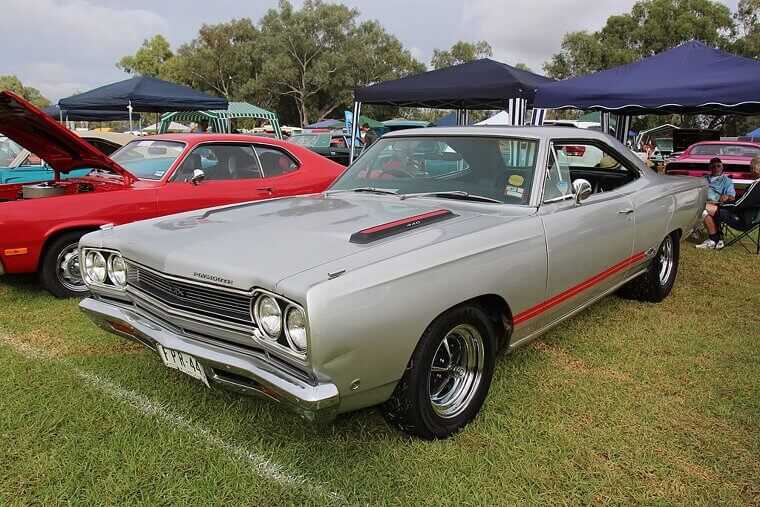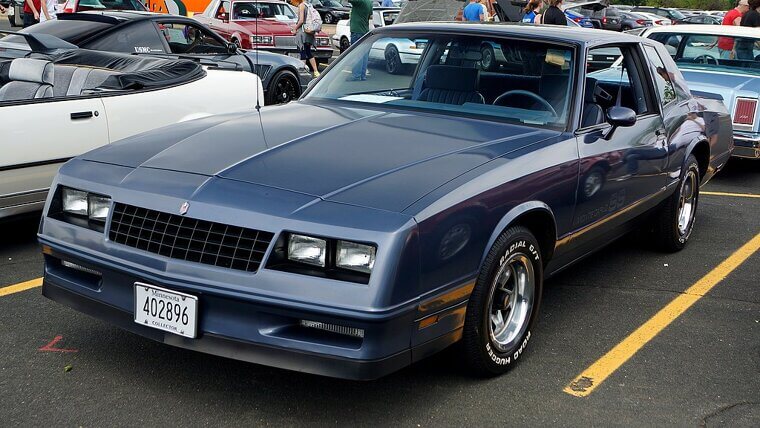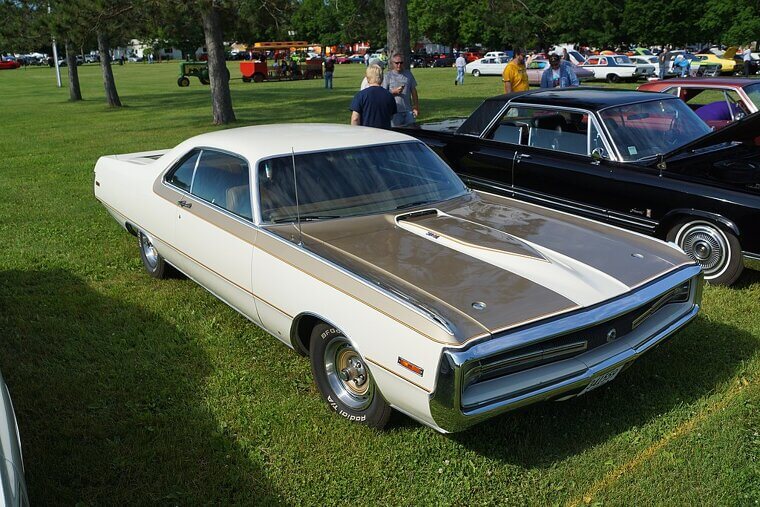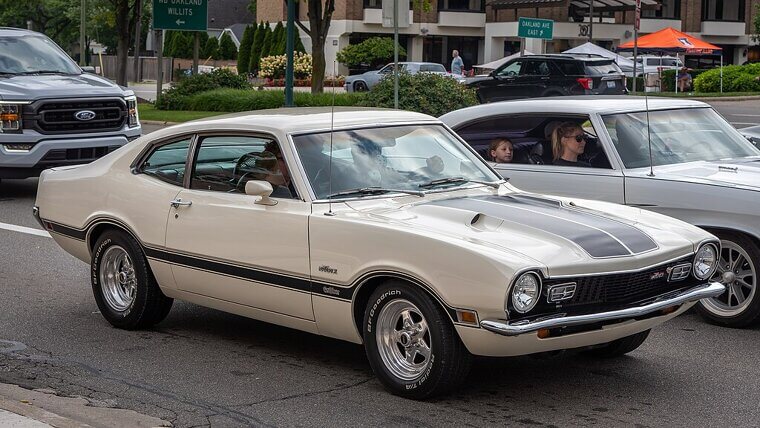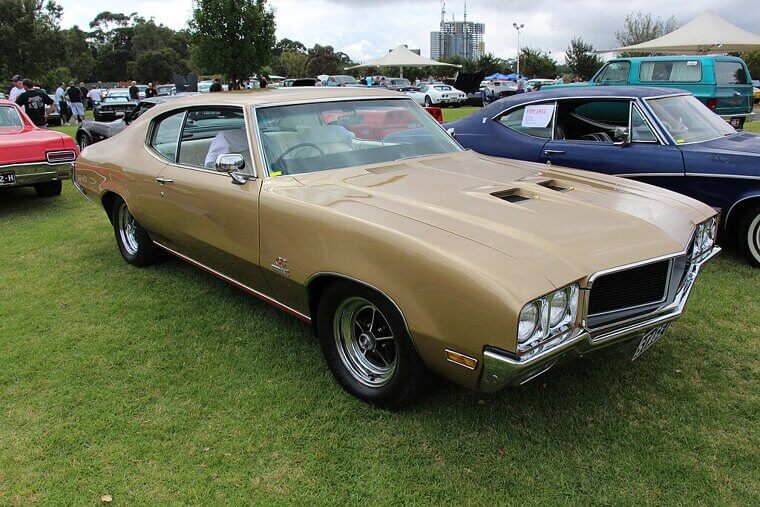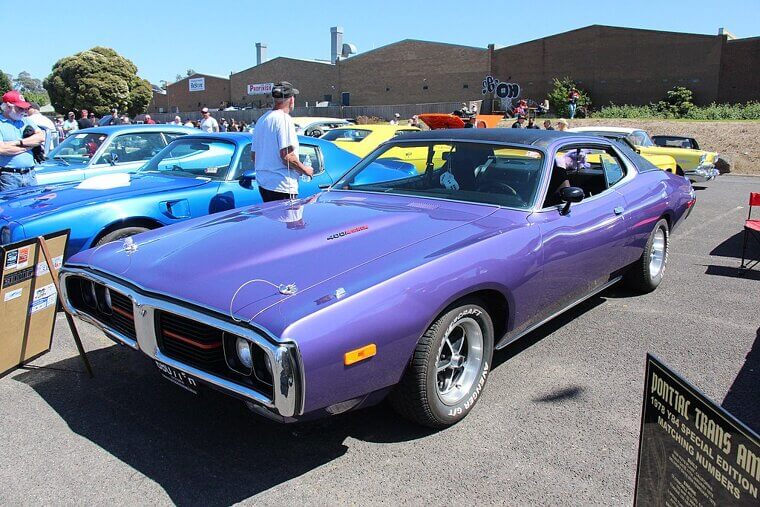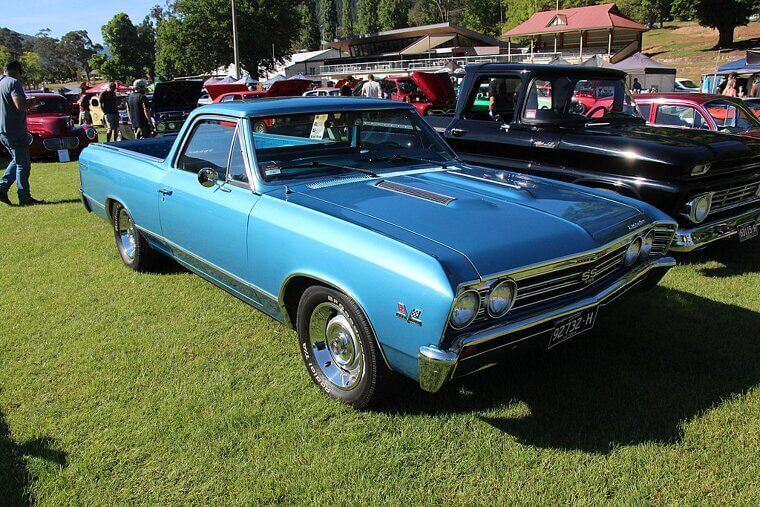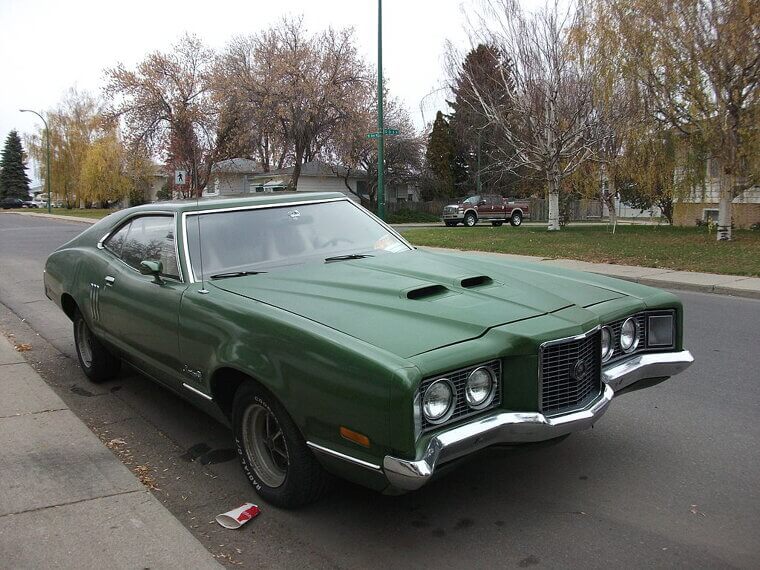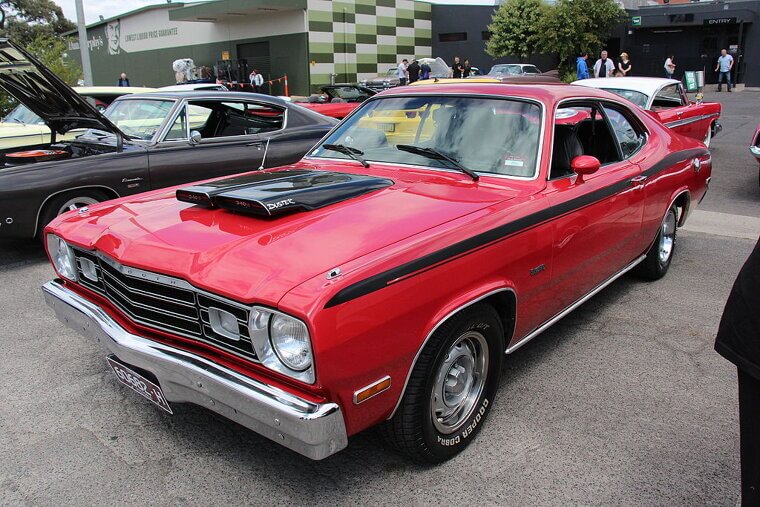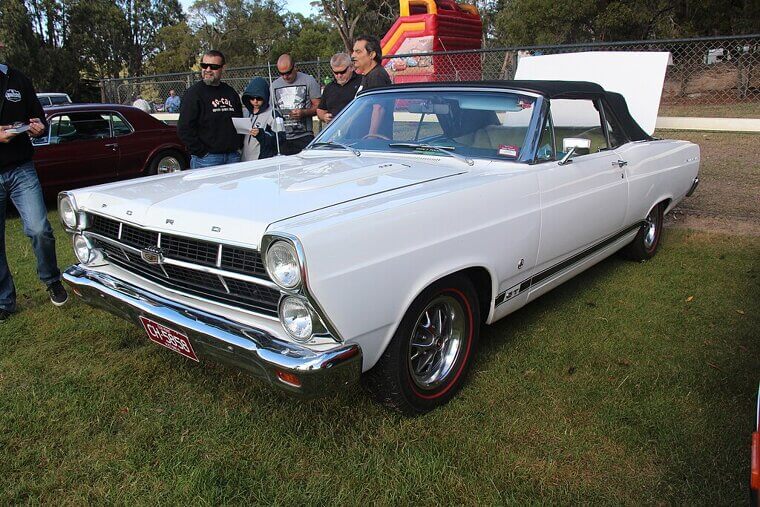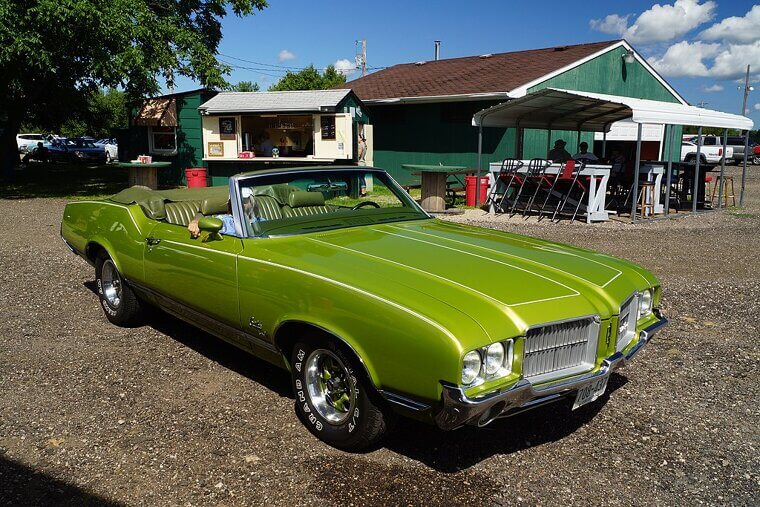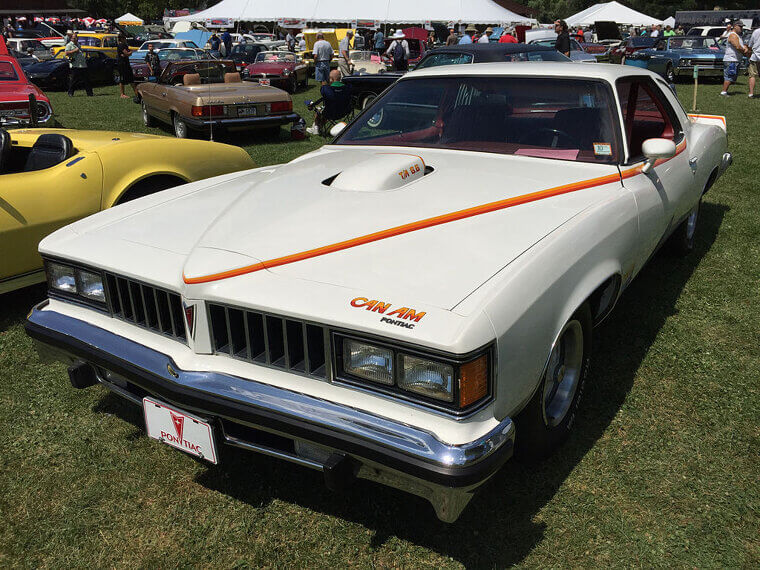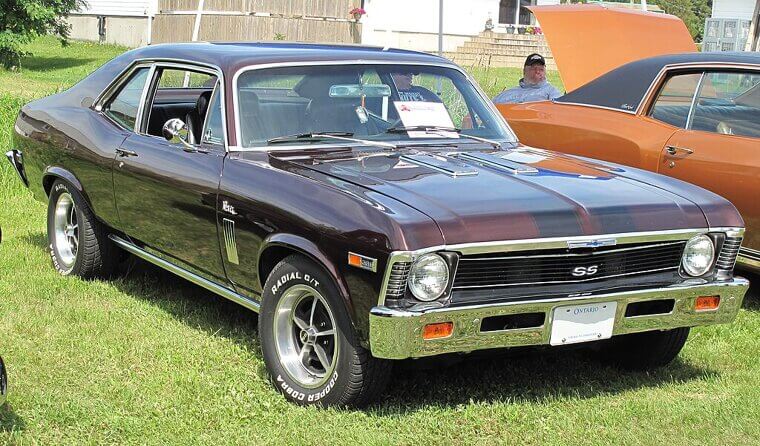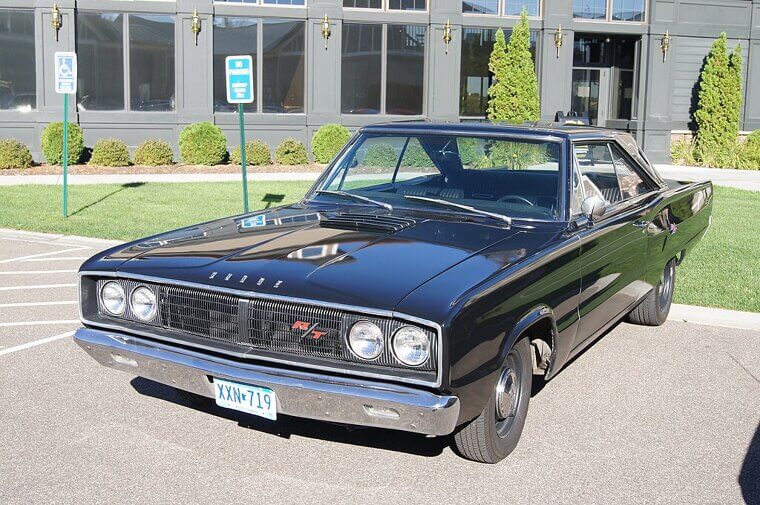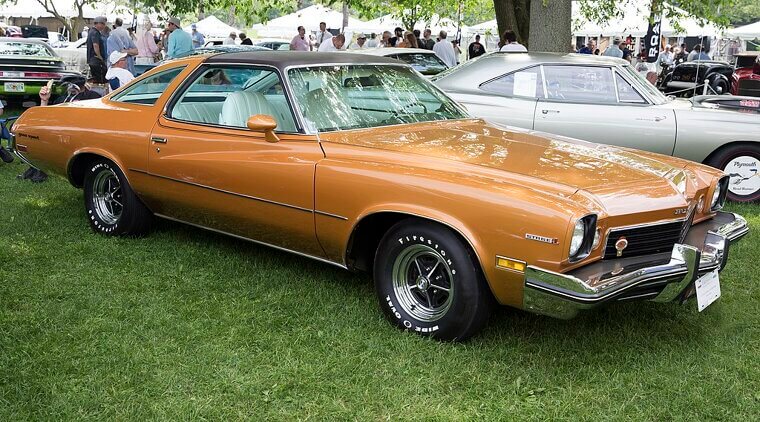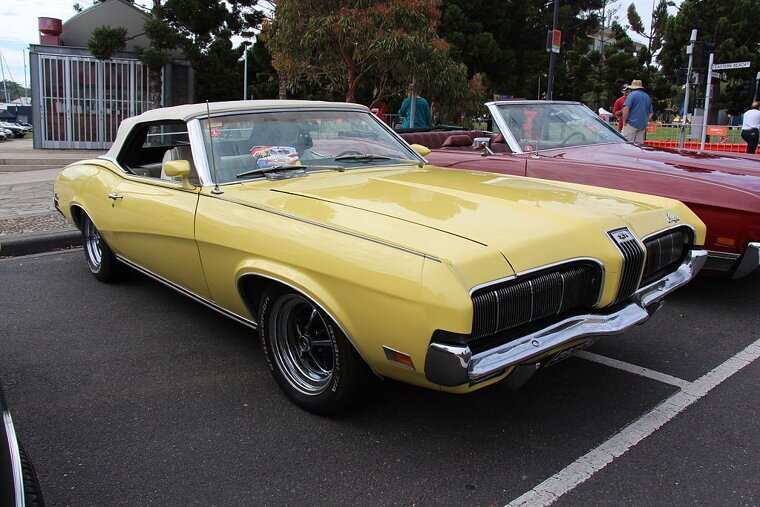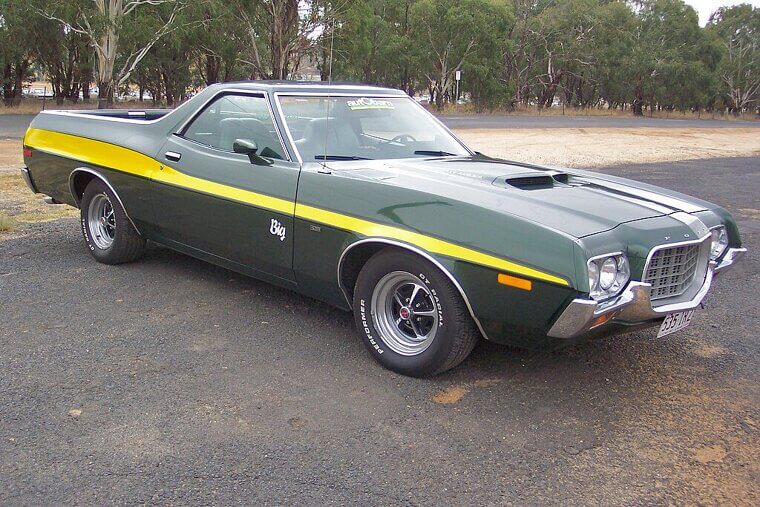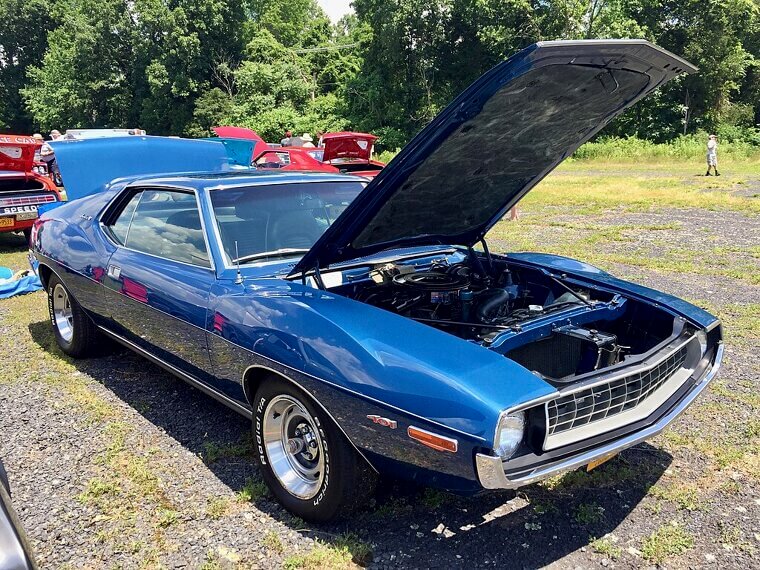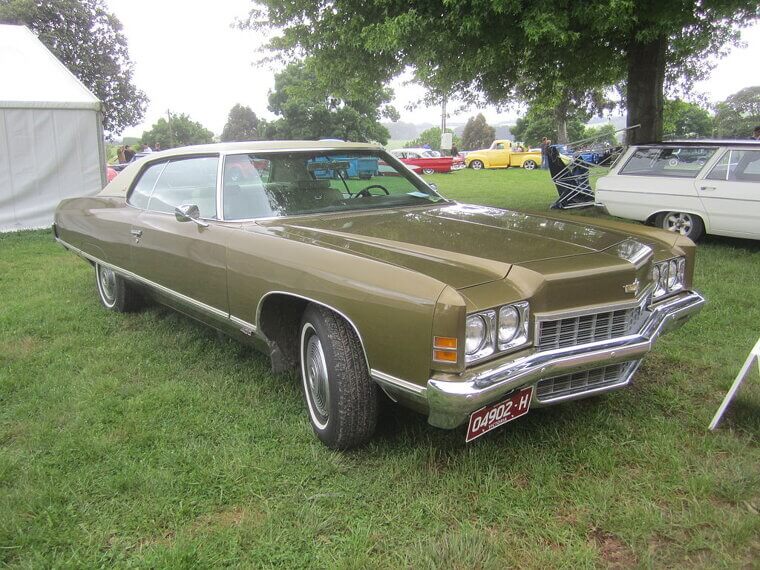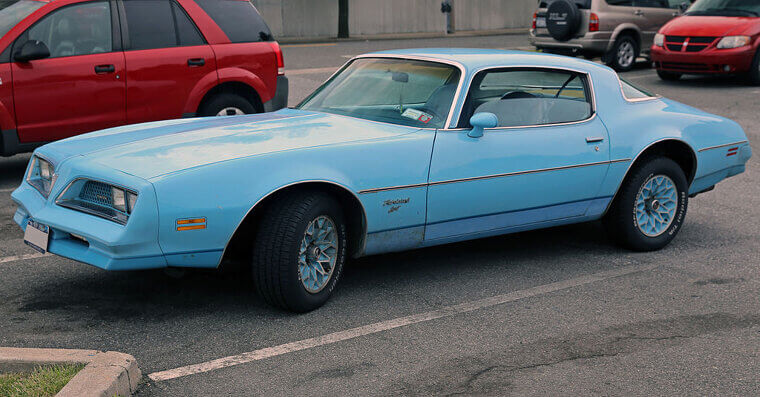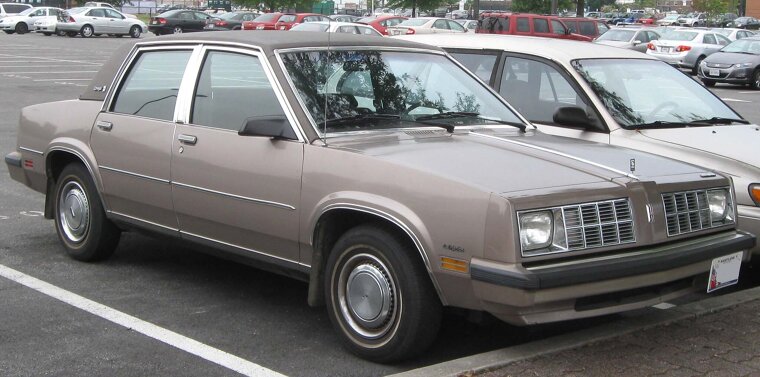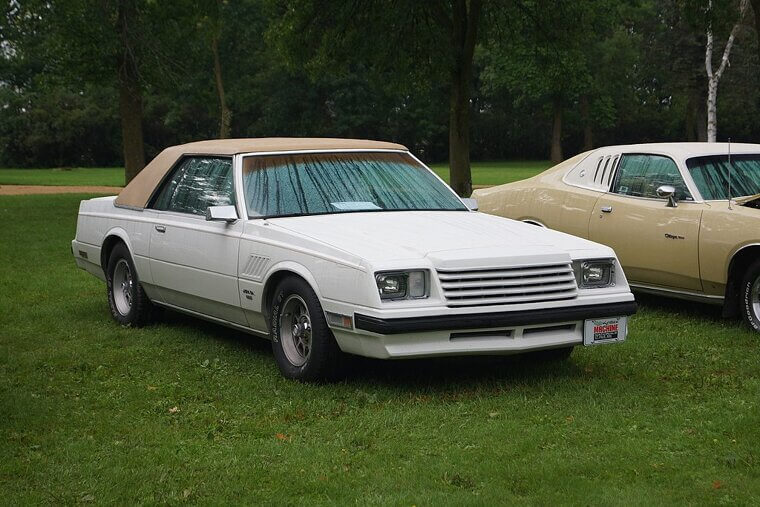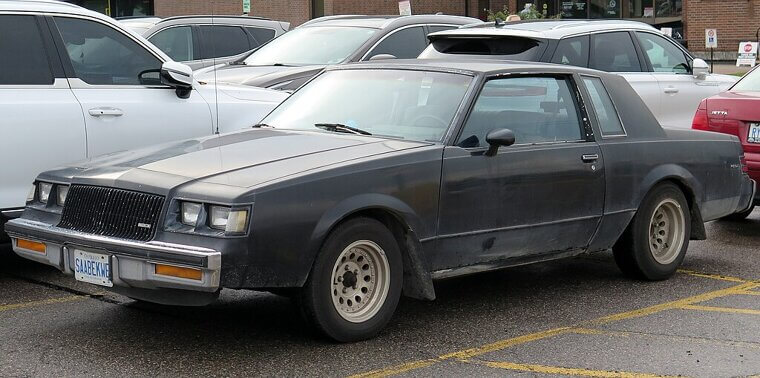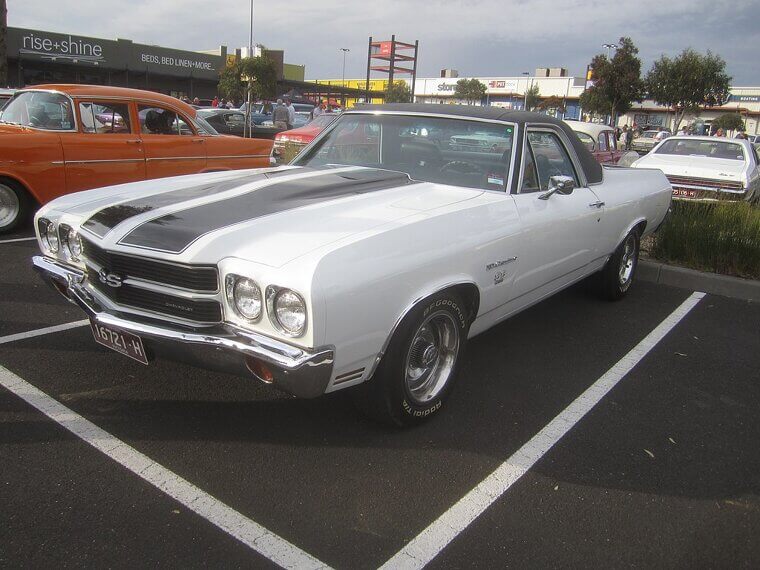These Muscle Cars Were Greater Than What People Remember
There was a time when muscle car mania swept the world, and so many models came and gone - often with crazy speed and a V8 roar - that you can’t be blamed for missing a few. Here’s some that deserved more time in the spotlight.
AMC Rebel Machine (1970)
The Rebel Machine tore into showrooms with a torque-heavy 390 V8 and attitude. Its red, white and blue paint job made it look like an angry flag ready to fight, but with just a single year run and a lack of brand weight, not many people noticed.
Buick GSX Stage 1 (1970–1972)
Combining luxury with the ability to smoke Mustangs at stoplights, the GSX Stage 1 was a low-RPM (rotations per minute) torque machine. However, low production numbers, questionably loud paint jobs and Buick’s “grandpa car” rep scuppered its success. It’s gained traction with collectors recently, though.
Chevrolet Laguna Type S-3 454 (1974–1976)
The Type S-3 454s were super hard to get hold of (production numbers are unknown, but low) yet its street cred was impressive and it had a NASCAR reputation. So few survived being thrashed on the track, and unfavorable 1970s emissions figures ruined its reputation.
Ford Torino Cobra (1969–1971)
When it came to affordable Boss 429 alternatives, you couldn’t go wrong with the Torino Cobra - its Cobra Jet engines could hit an underrated 375 hp (horsepower)! Thousands were made but a large portion of those were road-ruined; collectors ignored the rest in favor of Mustangs.
Dodge Demon 340 (1971–1972)
The Demon came with an enthusiastic small block 340 engine capable of zipping at a punchy but light 275 hp, it offered attitude and speed for a reasonable price tag. However, its controversial name caused some purse-clutching, so it got cancelled after just two years.
Pontiac LeMans GT-37 (1970–1971)
For younger buyers who wanted the GTO but couldn’t afford the extras, Pontiac released the more price-conscious GT-37, a stripped-down thrill ride on a budget (comparatively). Its older sibling overshadowed it while the purchased units were often ruined - it’s so rare that it's under the radar.
Mercury Cyclone Spoiler II (1969)
With a drag-reducing extended nose and aerodynamic design, the Spoiler II was created as a homologation special for NASCAR domination, so it wasn’t really made for the public. Less than 600 were made, and just seeing one was rare - hence why collectors largely ignore it.
Oldsmobile Rallye 350 (1970)
The Rallye packed a 350 cu in (5.7L) V8 engine that could generate 310 hp, though its yellow paint job and aesthetic made it look even faster… while parked. However, its color proved divisive; some people today even mistake it for a custom car!
Plymouth GTX 440 (1967–1971)
Plymouth created a balanced muscle car beast with a standard 375 hp (and that doesn’t count the HEMI), so where did it go wrong? Well, it was overlooked in favor of its flashier siblings - the Road Runner and ‘Cuda - so its production run was cut short.
Chevrolet Monte Carlo SS 454 (1970–1971)
The SS 454 looked like it had arrived at a bar brawl in a tuxedo: it was classy, elegant and designed as a luxury coupe first. As such, its muscle cred wasn’t taken seriously and many collectors walked by. It’s their loss - the SS 454 could flex.
Chrysler 300 Hurst (1970)
No one knew what to make of the 300 Hurst, a vehicle collaboration with Hurst Performance; It was big, bold and luxurious, but that price tag! Drivers were looking for either luxury or muscle, and this got lost in translation. It’s a holy grail now, though.
Ford Maverick Grabber (1971–1975)
The economy Grabber had a hard time getting serious street cred - its purely decorative dual hood scoops didn’t help, either. It was lightweight and a serious sleeper though, so it’s got a dedicated following even if it doesn’t have top-tier power.
Pontiac Ventura Sprint (1971–1977)
The Ventura Sprint trim offered GTO feels without paying over the odds. It brought a sporty aesthetic, but it suffered from a bit of an identity crisis so it never picked up mainstream interest. They’re a rarity these days, so they have a cult following.
Buick Skylark GS 350 (1968–1972)
The GS 350 was an affordable entry into the muscle car world, but it whispered with quiet strength so no one could hear it over the roar of its attention-grabbing siblings, the GSX and the 455 Stage 1. It had understated power, but power nevertheless.
Dodge Charger SE 400 (1973–1974)
As emissions regulations choked performance and insurance rates shot through the roof, the SE 400 was Dodge’s attempt at clinging to muscle car performance. It didn’t do a bad job, but was hidden in the shadows of its predecessors, the legendary ’68–’70 chargers.
AMC Hornet SC/360 (1971)
The Hornet was AMC’s reaction to the new onslaught of emissions regs; unfortunately, it was aimed at younger buyers, who were still being weighed down by insurance premiums. The Hornet wasn’t an established name either, but those in the know were aware it had a sting in its tail.
Chevrolet Chevelle 300 Deluxe 396 (1968)
The SS396 Chevelle is well-remembered, but that’s not the case with the deluxe trim. It didn’t have fancy badges or stripes to prove its mettle, just quiet, unassuming power - and that’s why it was overlooked. Collectors want flash, but the Deluxe 396 was all sleeper muscle.
Mercury Montego GT (1970–1971)
With 360 hp standard and 429 with its Cobra Jet engine option, despite its refined aesthetic, the Montego GT was powerful. Unfortunately, muscle fans wanted loud and proud, so they went for its Torino cousin instead; the name disappeared, but the vehicle still has some serious punch.
Plymouth Duster 340 (1970–1973)
To combat rising insurance costs, Plymouth released the Duster 340, a lightweight coupe that was both peppy and responsive. Because of its budget status it was never considered “premium,” plus many were driven to death. They’re gaining traction now, though.
Ford Fairlane GT 390 (1966–1969)
Pre-Torino, the Fairlane ruled the mid-muscle roost with its 390 V8 engine and sporty swagger courtesy of its GT trim. It couldn’t anchor into pop culture the same way the Mustang or Charger did, so the Fairlane name faded away in the eyes of collectors.
Oldsmobile Cutlass SX 455 (1970–1971)
The Cutlass Supreme got a glow-up in the form of the SX 455, which was the muscle car choice for gentlemen. It looked smart, but with a W32 package and its torque-rich 455 V8, it wasn’t just a smooth operator; it was a silent assassin.
Pontiac Can Am (1977)
Pontiac designed the Can Am to stand out and it did - it was a NASCAR-style street car with Trans Am power, unique spoilers and a shaker hood. It shelved the project when the rear spoiler mold broke, making the Can Am an instant rarity many people didn’t even know existed.
Chevrolet Nova SS 396 (1968–1970)
When you strip away everything that could add weight to a vehicle and cram a massive V8 under the hood, you get the SS 396. It was basically like riding a lighting bolt bareback! Nova had a “grandma car” reputation though, so it wasn’t taken seriously.
Dodge Coronet R/T 440 (1967–1970)
Appearing in the wake of the Charger’s success, the Coronet R/T had a luxury interior, heavy duty suspension and an optional 426 HEMI that made it deadly. Sadly its image didn’t match its potential, and its fiercer-named siblings overshadowed it.
Buick Century GS Stage 1 (1973)
Despite being created in the days of performance-strangling emissions rules, the Century GS could still move thanks to its combination of impressive engineering and impressive torque. Between Buick’s “mature” image, styling becoming clunkier and a reduction in performance numbers, people slowly forgot about the Century GS.
Mercury Cougar Eliminator 428 (1969–1970)
The Cougar aimed at topping the Mustang in class, but the Eliminator came to bury it. It brought aggression and snarling engine options (including a Boss 429 if you were lucky), but the Mustang was the louder animal in both culture and sales, so the Cougar never left its shadow.
Ford Ranchero GT 429 (1971)
Utes are underestimated but the Ranchero GT had the power of a Cobra Jet V8 under its hood, so it could melt tires and leave other vehicles in its fiery wake while hauling an industrial freezer. Both utility and muscle in a vehicle confused buyers, but it had a wonderful year.
Plymouth Satellite Sebring Plus (1971–1974)
With a beautiful coke-bottle shape and luxurious comfort, the Sebring Plus wasn’t marketed as muscle, despite it being a very real option. Plymouth didn’t push the muscle option in marketing, so it was undervalued in that department.
AMC Javelin SST 401 (1971–1974)
An aerodynamic beast that lived up to its name, Mark Donohue drove a Javelin SST in Trans Am racing, leaving Mustangs and Camaros choking on dust. Despite its sweet styling, AMC’s budget was like a child’s allowance money, so it failed at the marketing stage.
Chevrolet Caprice 454 Coupe (1970–1972)
Despite its misleading name, the Caprice was a full-size boulevardier with a 454 big-block engine that powered it across the blacktop like an unstoppable behemoth. It didn’t have the right image or size to make a successful impact on drivers at the time, and it ran for only two years.
Pontiac Firebird Esprit 400 (1971–1976)
Everyone loved the screaming chicken hood Trans Am. It was hard to live up to, and the Esprit was playing it cool - soft trims, no spoilers. But with the 400 V8 engine it turned into a bullet, yet people were so obsessed with aggressive designs they paid it no heed.
Oldsmobile Omega SX (1973–1974)
Even with its dual exhausts and rally wheels, the Omega SX wasn’t flashy; instead, it was like a boxing glove: practical and punchy. The SX badge was a short-lived experiment that emissions regs killed, meaning no one recognized it and collectors passed on it.
Dodge Mirada CMX 360 (1980–1983)
Dodge tried to homologate a version of the Mirada for NASCAR, but the aerodynamics didn’t stick. On the other hand, if it was spec’d right this baby could move! Because the CMX name was mostly unknown, its rep didn’t get traction.
Buick Regal Sport Coupe Turbo (1978–1983, Pre-Grand National)
A sleeper coupe before the Grand National embraced the dark side, Buick’s turbo edition rocked a 3.8L Turbocharged V6 and could beat V8s in acceleration. It looked as plain as bread - no one knew the real power shackled inside the chassis.
Chevrolet El Camino SS 454 (1970–1972)
If someone crossed a pickup with a rabid beast, they’d get the El Camino SS 454, a foaming, striped monster with a dual exhaust roar and a rare LS6 engine option that made 450 hp. People saw the pickup and mocked it… until it melted their faces.

